The launch of Starlink in Zimbabwe was met with excitement, promising high-speed, reliable, and affordable internet to a nation plagued by erratic connectivity and steep costs. However, the optimism has been tempered by the revelation that Zimbabwean users are paying more than customers in any other country due to a USD $5 regulatory fee imposed by the government. This fee, unique to Zimbabwe, raises questions about why the country imposes such high regulatory costs compared to its neighbors.
Starlink users are subject to a USD$5 monthly “Regulatory Fee” on top of their standard subscription costs, this fee is not imposed by Starlink itself, but rather by the Zimbabwean government through the Postal and Telecommunications Regulatory Authority of Zimbabwe (POTRAZ),
and this regulatory fee is specific to Zimbabwe and is not present in other African countries or regions where Starlink operates.
While USD $5 may seem minor, for many Zimbabweans, it represents a significant cost. With the country’s average monthly wage hovering around USD $200, the extra USD $60 per year reduces affordability for low-income households and small businesses. The leading ISP in Zimbabwe costs roughly USD $221.74, positioning Starlink as a relatively cheaper alternative. However, the additional charge makes it especially burdensome .
Zimbabwe’s telecommunications sector is heavily regulated, with the Postal and Telecommunications Regulatory Authority of Zimbabwe (POTRAZ) requiring foreign providers to pay substantial fees for market entry and spectrum usage. Unlike other nations that promote digital inclusion through tax breaks or subsidies, Zimbabwe imposes additional levies on foreign-based services like Starlink, forcing operators to pass the costs on to consumers .
In comparison, fiber and broadband users in countries like Ukraine, China, and Russia pay less in total fees than Starlink users in Zimbabwe. Even in Eswatini, which also charges USD $50, the reliance on Starlink is far lower, and local ISPs are significantly cheaper. This raises questions about the specific allocation of Zimbabwe’s USD $5 monthly charge and whether it supports regulatory oversight or merely adds to the country’s revenue .
Unless regulators reconsider these fees, the vision of reliable, cost-effective internet for all Zimbabweans risks remaining just that – a vision. The high cost of Starlink in Zimbabwe is a stark reminder that regulatory policy can make or break digital inclusion efforts. As the country strives to bridge the digital divide, it’s crucial for policymakers to balance regulatory needs with the need for affordable internet access .


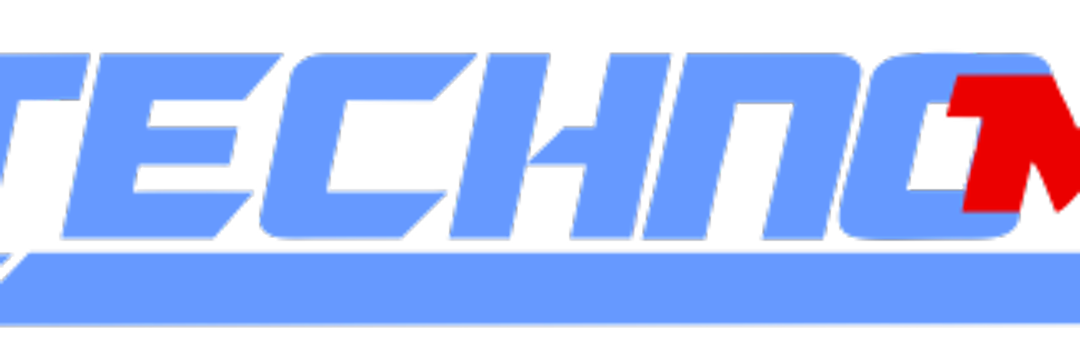
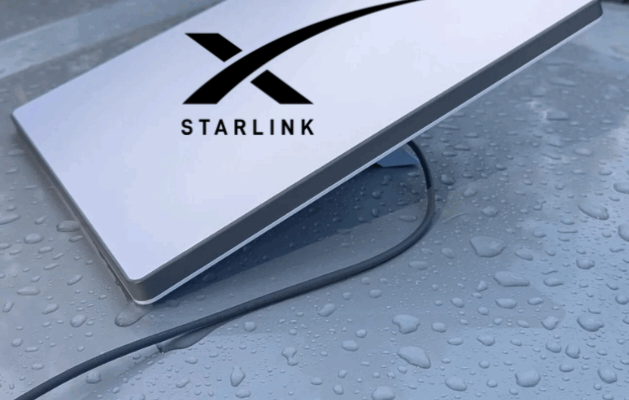
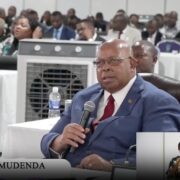
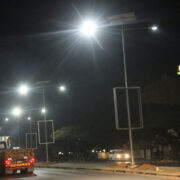


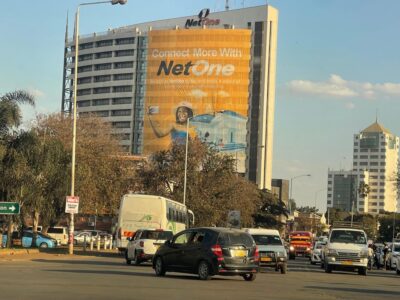
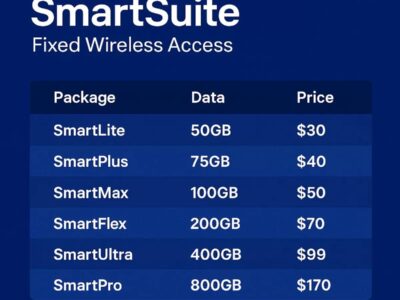


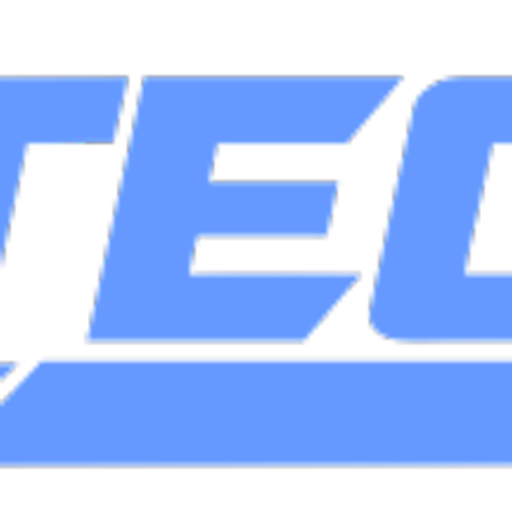


Comments